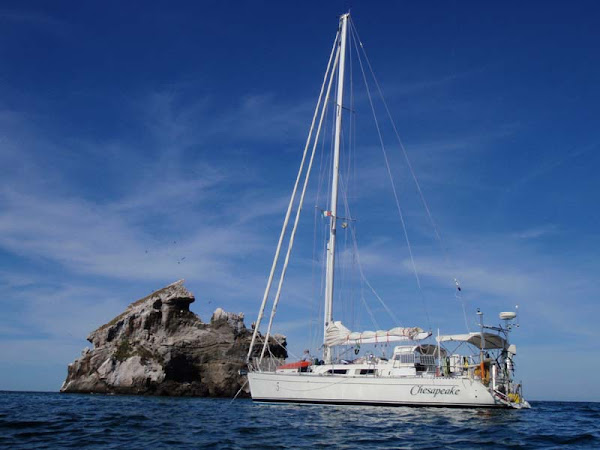a little La Punta history.
La Punta is almost entirely surrounded by the Pacific Ocean except where it attaches to Callao. Callao, founded in 1537, is the largest and most important port in Peru. Virtually all goods produced in Peru, Bolivia, and Argentina were originally carried over the Andes by mule to Callao, for shipment to Panama, then carried overland for transport to Spain via Cuba. As the gateway to Lima, Callao was frequently attacked by pirates and buccaneers, including Sir Francis Drake who sacked the city in 1578.
Originally La Punta was a fishing community called Pitipiti. San Lorenzo Island sits offshore as a bald land mass, once visited by Charles Darwin in 1835 on his third expedition to South America.
La Punta was also completely destroyed by the devastating earthquake and the tidal wave of 1746. It recovered quickly and by the end of the 19th century was one of the most popular spas in the region. A spacious, open plaza with hotels and summer houses gave it a rustic, but elegant appearance, drawing the Limeñan bourgeoisie to its quiet and peaceful atmosphere. La Punta’s population grew from the tens to the hundreds as the indigenous community mixed with the new-comers and immigrants, mostly Italians and British, who worked on the building of Callao's docks, as well as with the British Steamship Company. With the railway extension in 1894, fishermen’s huts changed into organized streets and mansions. The peninsula became a resort town and home to the rich to enjoy the famous stony beaches and calm waters.
Four new hotels were constructed--the Grand Hotel (which unfortunately burned down in 1914), the Eden Hotel, the Hotel Bristol, and the Hotel International. The British colony held sumptuous parties at the International which started or ended with lively football matches. Peruvian families preferred to holiday at the Bristol, known for its splendid cuisine.
It was the accepted thing to own a summer home in La Punta. In the 1920's, the Hotel Riviera Plaza was the center of La Punta's social life and hosted the first jazz concert in Peru and carnival parties were famous. In the 1930s and 1940s many Italian immigrants settled in La Punta leaving their legacy in the district. In 1940 Callao and La Punta were severely damaged by an earthquake. Shortly after that, other beaches became popular and La Punta's beaches were sold and became deserted. In 1943 the beaches became property of the municipality.
La Punta never fully lost its prestige, but the aristocracy moved on and the middle class remained. Many mansions fell into disrepair and were replaced by modern buildings. Some of the elegant homes are owned by people who can afford to restore and preserve them and there is a development plan to restore some of the other beautiful old mansions.
This long stretch of land is so thin that today, driving into La Punta on either of its two main roads, you can see the ocean from left and right when you look down the blocks. During the summer months La Punta’s beaches, Cantolao, Malecón and Arenillas, are popular with surfers, swimmers and sun lovers. Almost a third of La Punta is occupied by the Peruvian Naval School.
some of the local buildings that have caught my eye...







No comments:
Post a Comment